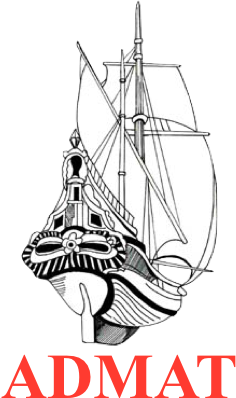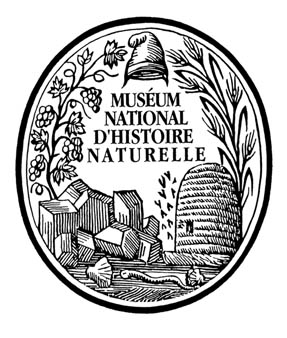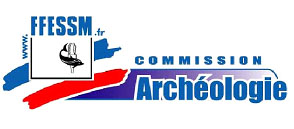The Island Wreck Site Underwater And Associated Photographs
Page 7
During the survey we discovered the wrecking process. We could see the initial impact with the reef, the old broken coral scattered. Then as the ship was pushed towards the shallows the double pile of cannons on either side as the crew jettisoned over both sides at the same time, in desperation to lighten the ship. The anchors which were used to stop the ship from beaching which failed and the smaller anchor used for kedging which broke. The trail of granite blocks as the crew got them up from the hold and jettisoned them as the ship was being blown even further to the shallows to the south. Finally the ballast stones, as the hull were smashed open and the ship lost.
ADMAT's maritime archaeological work on this wreck site was assisted by ADMAT-FRANCE a non profit organisation based in the Institut de Paléontologie Humaine, Muséum National d’Histoire Naturelle, Paris.
ADMAT-FRANCE is a sub division of the Anglo ~ Danish Maritime Archaeological Team
ADMAT is delighted to have an association with Muséum Nationald’Histoire Naturelle at Paris, départememt Préhistoire, UMR-CNRS 7194.
















